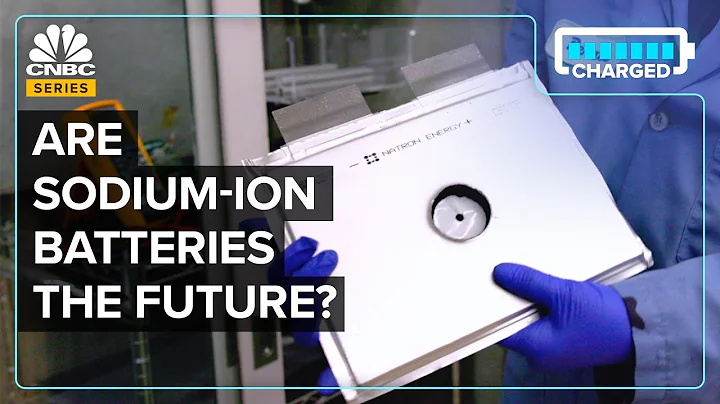all-solid-state lithium-ion battery uses a solid electrolyte to replace the traditional organic liquid electrolyte. It is expected to fundamentally solve the safety of the battery and further improve the energy density and cycle life of the lithium battery, which is in line with the future of high safety and high energy. Density lithium-ion battery development direction. The key to realizing the commercialization of all-solid-state lithium-ion batteries is to find a solid-state lithium-ion electrolyte material that has the advantages of low cost, high conductivity, good chemical stability, and wide voltage window. Among various electrolyte materials, sulfide solid electrolytes have attracted widespread attention. Although great progress has been made in the ionic conductivity of sulfide electrolytes, the application of sulfide electrolytes in all-solid-state lithium batteries still faces many challenges. Preparing solid electrolytes with thin thickness and high ionic conductivity is crucial for the development of all-solid-state lithium batteries with excellent performance.

In view of this, School of Materials Science and Engineering, Tsinghua University Academician Nan Cewen and Professor Shen Yang’s team reported a flexible, ultra-thin composite solid electrolyte membrane with high lithium ion conductivity, which is sulfated from sulfide silver germanium ore. It is composed of Li6PS5Cl and polar poly(vinylidene fluoride-co-trifluoroethylene) P(VDF-TrFE) framework. The interaction between Li6PS5Cl and polar P(VDF-TrFE) ensures high lithium ion conductivity (≈1.2 mS cm-1) and good mechanical ductility of the composite electrolyte membrane at room temperature. The all-solid-state battery assembled using this thin composite electrolyte membrane shows excellent cycle performance, with a capacity retention rate of 92% after 1,000 cycles at a current density of 1.0 mA cm-2 at room temperature, even after 20,000 cycles Also 71%. This is the all-solid-state battery with the longest cycle life reported to date at room temperature. In addition, the successful preparation of soft-packed all-solid-state batteries with high carrying capacity also proves their potential and feasibility in future commercial applications. This work will inspire the preparation of thin and high-performance composite electrolyte materials and provide a direction for the realization of practical sulfide-based all-solid-state batteries with high performance and industrializability.

Preparation process and material characterization of ultra-thin composite solid-state electrolyte membrane
Related results include "Super Long-Cycling All-Solid-State Battery with Thin Li6PS5Cl-Based Electrolyte" The topic was recently published online in the international journal "Advanced Energy Materials" (Advanced Energy Materials), and was published as the cover article of the current issue.
The team of Academician Nan Cewen and Professor Shen Yang of the School of Materials conducted a series of basic research and application exploration in the aspects of lithium electricity, dielectrics, magnetoelectricity and functional domain walls. Related papers were published in "Nature·Review: Materials" Review Materials, Science, Nature Communications, Advanced Materials, Advanced Energy Materials and other journals, attracting widespread attention from the academic community .
Liu Sijie, a 2018 doctoral student in the School of Materials, is the first author of the paper. Other important contributors include Zhou Le, a postdoctoral fellow in the School of Materials, and Han Jian, a 2017 doctoral student in the School of Materials. Relevant research work is supported by the National Natural Science Foundation of China and the National Key Research and Development Program of the Ministry of Science and Technology.
Source: Tsinghua University
Paper link:
https://doi.org/10.1002/aenm.202200660





















